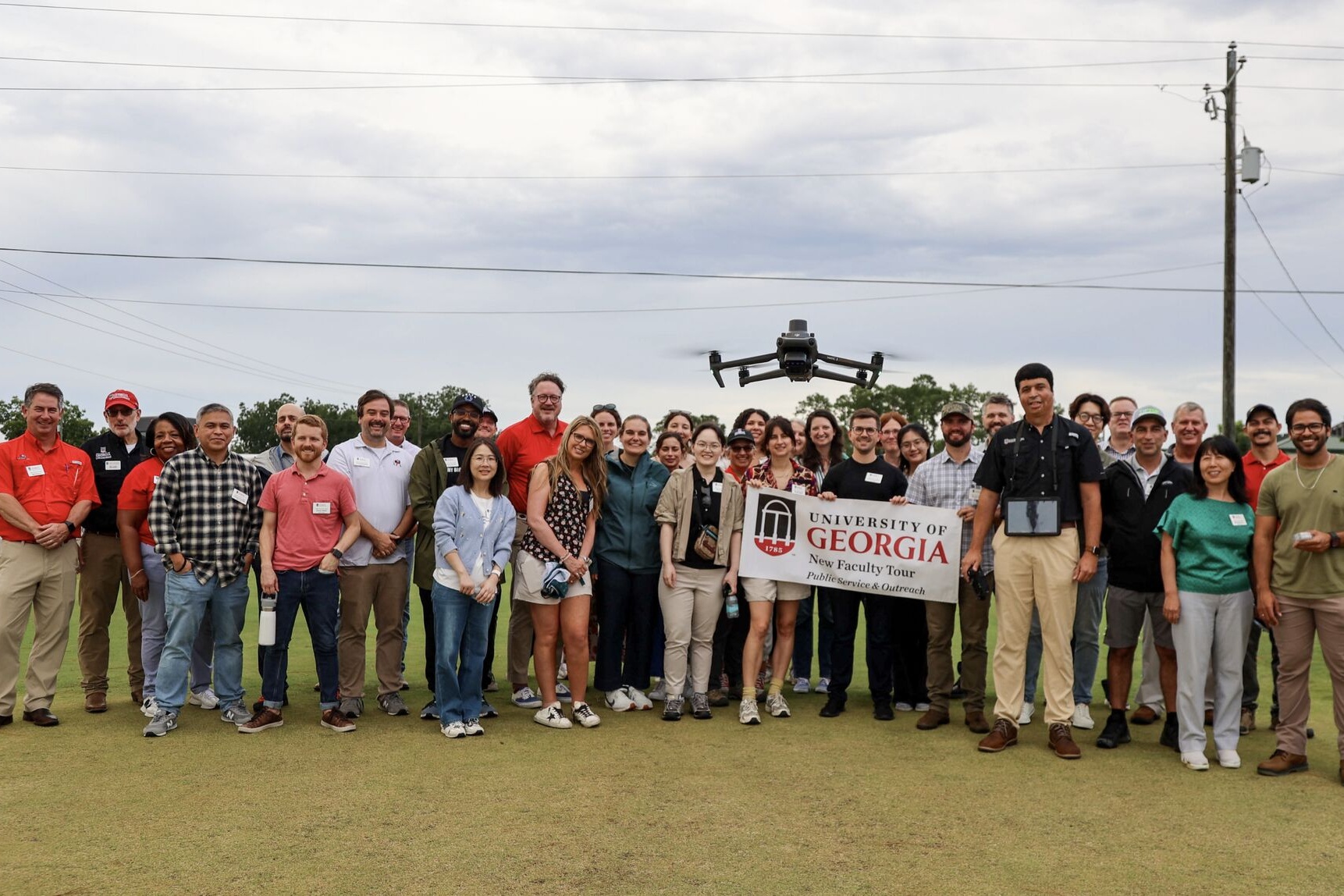When you didn’t clean your plate as a child, what did your mother say? “Think of the starving
children in Africa or India.”
Today, hunger is closer to home.
Every day, chronic hunger and malnutrition stalk 30 million Americans, including far too
many Georgians. The United Nations Food and Agriculture Organization (FAO) puts the
global figure at 800 million people. That’s one person in seven.
Yet farmers produce bumper crops. Stores stock shelves overflowing with food. And
restaurants throw away food every day. The dilemma is how to get food to the hungry.
The U.S. Department of Agriculture is offering $1 million in grants to help communities get
better at doing just that.
Projects include setting up partnerships between farmers and low-income communities,
training community gardeners and using donated lands to expand a food bank’s farming
capacity.
In Georgia, teachers and food providers are helping each other battle the problem locally. A
program called Fighting Hunger in Georgia helps link food providers with other resources and
with each other.
University of Georgia food and nutrition experts are helping study hunger in Georgia. They
just finished a telephone survey of 400 adults to learn how Georgians view hunger. Doug
Bachtel, a rural sociologist, leads the effort.
Elizabeth Andress, a food and nutrition expert with the UGA Extension Service, called the
early findings encouraging.
“Although hunger wasn’t the first issue to come to mind for Georgians, almost half of adults
think it’s a serious problem here,” Andress said. “In fact, almost one in three says hunger is
somewhat of a serious problem in their communities.”
On the other hand, one Georgian in five feels hunger isn’t a serious problem at all.
Women seem more sympathetic than men, especially women between 18 and 44. Black
Georgians are more likely than whites to report hunger as a serious problem.
“About 70 percent of Georgians don’t believe there has been progress on the hunger
challenge,” Andress said. “Two in five think hunger problems are about the same as in 1991.
One in four believes they’ve gotten more serious.”
Even though people acknowledge the problem, few know it personally.
“Only one in four Georgians knows someone who has skipped a meal due to a lack of money,”
Andress said. “Younger women and working women are more likely to know someone who
has forgone a meal. And one in three Georgians making $40,000-$60,000 knows someone
who has gone hungry.”
Only 10 percent of Georgians are very familiar with their communities’ programs to aid the
hungry.
The Fighting Hunger in Georgia program will now ask focus groups of providers and
recipients to look at services for the hungry. They’ll ask about improvements being made and
barriers to success.
It’s part of a growing focus on hunger.
On World Food Day Oct. 16, the world joined in a live broadcast to highlight the role of
people to assure food security for poor communities. On Nov. 13-17 in Rome, political leaders
will come together for the FAO-sponsored World Food Summit.
During the summer Olympic Games, the world heard about the USDA AmeriCorps gleaning
program. During the two weeks of the Games, volunteers gleaned 174 tons of excess foods.
Nationally, the gleaning program gathered more than 1,000 tons of food. That became 1.3
million meals for hungry people. It won’t feed everybody. But it’s a start.



